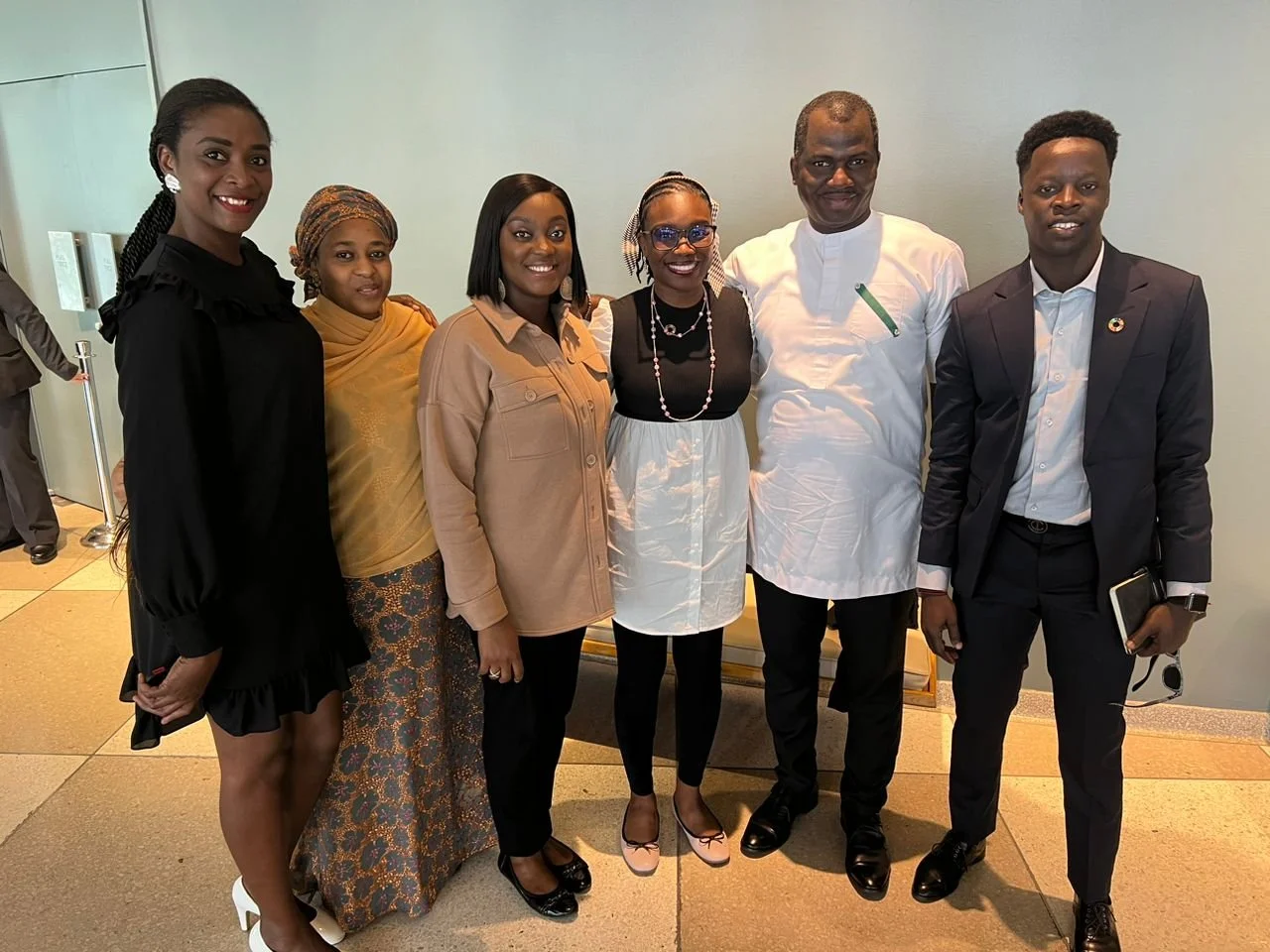Join Us in Action
This side event aimed to highlight and investigate the transformational potential partnerships have. The event embodied SDG 17's core values because it was a collaborative effort between several parties. It brought together partners from the government, commercial sector, UN organizations, children, youth, and student organizations, all of whom bring distinctive perspectives and resources to the table.
Together, they looked into opportunities and best practices for creating partnerships that would effectively advance the SDGs. The side event offered recommendations from youth and stakeholders, with an intersection of collaborations.
However, the goal wasn't just to underline the importance of partnerships; it was also to demonstrate how they might work using examples from the actual world.
The event emphasized recent initiatives positioned to enhance successful ones, as well as However, the goal wasn't just to emphasize how important partnerships are; it was also to show, via real-world situations, how they may function.
The event highlighted new projects that are set to advance the SDGs while also showcasing successful ones. This gathering specifically highlighted the transforming potential of education and the crucial position of youth.
When people get older, they become part of the system, and they are less likely to question the rules and the structure. So, there is a need for young people's perspective to make a change. There is a need for partnerships between different generations and there is a need for dialogue between the generations because every one of us can contribute to the discussion.
The learning crisis affects children out of school, and it also affects those who are in school but are not getting a good quality education. The world is off track when it comes to education, and the world has been on track to achieve SDG 4. 51 million children would have been in school this year.
The private sector is also playing a massive role in some parts of the world in promoting inclusivity. In many cases, the private sector plays a crucial role in building private-public sector partnerships and in promoting gender equality, quality education, and other SDGs.
There is a need for young people to learn and know they have a role to play in their communities and to be able to identify who can support them so they can reach out to them. There is a need for intergenerational action, work, and collaboration. Young people need to be able to build a relationship of mutual trust with their governments.
It is highly important and crucial to move from discussions and policy to actions and impact.
The importance of recognizing the specific needs of people with disabilities and tackling them the way they should be tackled, so people with disabilities feel included and productive within their societies.
It is imperative to prioritize underrepresented groups (from young people and women to at-risk populations and indigenous communities) in decision-making spaces via the multilateral involvement of change agents at all levels.
There is a need to promote and guarantee impartial representation and inclusive engagement throughout the policy process to ensure equitable distribution of accountability.
Key Issues Discussed
Achieving the 2030 agenda is a task young people need to take the lead on. A recommendation to young people who are working on sustainability is to not let anyone tell them that they should only be interested in young politics; young people are resources.
A recommendation to achieve SDG4 and all the other SDGs: CCC: Collaboration, Creativity, and Co-Creation.
To achieve the SDGs and leave the planet in a better state than we found it, it is crucial to practice multilateralism, multiculturalism, holistic collaboration, and innovative collaborations. Higher education and its collaborators must function as a mutually supporting system that can better meet societal demands and help prepare change agents for now and tomorrow.
Effectively achieving the SDGs indisputably requires leveraging the power of mutually beneficial cross-sectoral collaboration rooted in intergenerational, intercultural, & intersectional change, with community agency held at the highest priority.
















